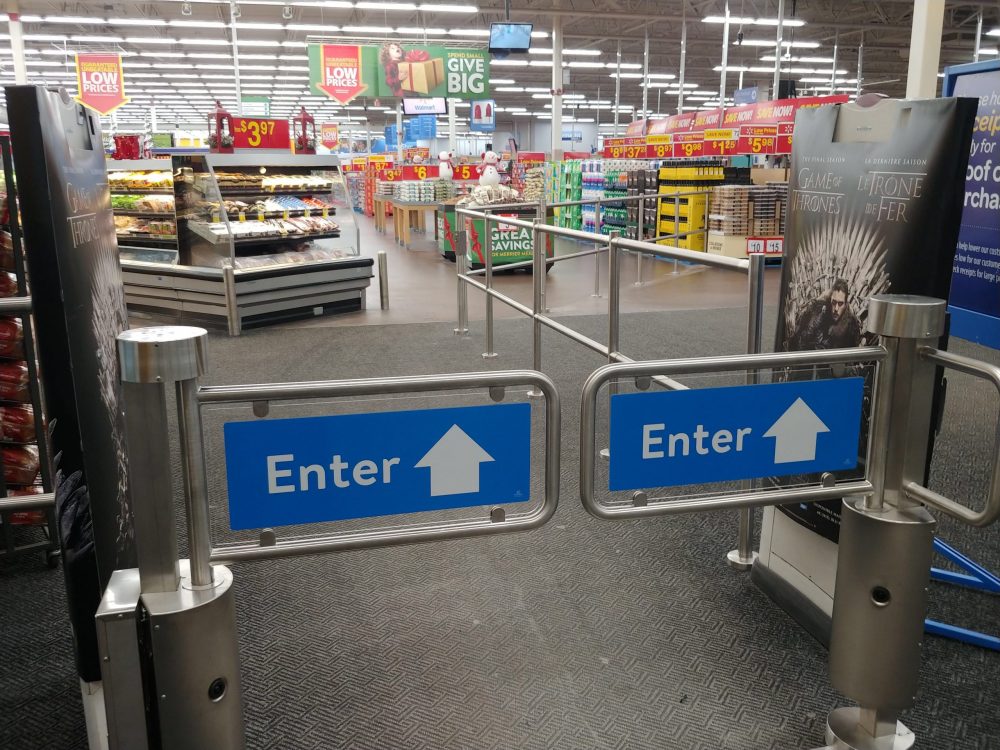Tracking In-Store Theft
One of the most common frustrations expressed by small business owners is that they do not feel equipped to handle the amount of theft they are experiencing. Further frustration comes when they try to engage local police to stop this crime, only to find out that they, like any other business, are tapped for resources and can not dedicate the time to what they describe as a victimless crime.
So they’re on their own, with nowhere to turn.
Thieves leave tracks. They don’t mean to, it just happens. And when you know what to look for, those tracks can be of great value.
What to look for takes the same skills as doing a root cause analysis. The basis for risk management methodology is to look at history and use that to predict the future, taking necessary steps to change things to cushion the blow.
So let’s look at a few examples of some common types of theft and try it out.
Case Study #1
Problem
In this case, a store experienced request thefts. They discovered this through an inventory count showing shrinkage of 4% of retail sales. Since the average in Canada is 1.44% they had a major concern.
When management reported the shrinkage results to the store staff, there was a lot of comments that the results were not a surprise. Why? Because there were so many packages found during the evening clean up routine.
Solution
The store created a log for empty packages. They also hung a map of the store layout in the back room with colour coded pins, blue to indicate from where the time came from originally, and red to indicate where the empty package was found.
The log had “day” and “time” listed as a required section to complete when any staff found a package or ticket form a garment. The day-end routine was changed to login packet as they are discovered.
After 2 months the map showed items taken from many different areas, but the employs packages all found in the north-west corner of the store. The log indicated most thefts took place on Thursdays between 11:30 and 1:15 in the day.
With these tracks there would be several options available;
Increase service level of the sales floor during the period of the theft to offer “extra” customer hospitality to all customers.
Hire and station a plainclothes investigator to walk the floor trying to identify the culprit to make an arrest.
Place a security camera in the north-west corner of the store to prevent the concealment and discarding of the packaging.
Re-configure the fixtures in the north-west corner to allow for visibility from other areas of the store into the obviously quiet area.
What did the store do?
They used staff to observe the area, witness a teenager carrying multiple items to the back area, notified management who observed the young person opening the packages, and confronted the person saying “Hi, I noticed you might need some help with your shopping, why don’t I help you carry some of those items to the cash register since they are already out of their packages”.*
* This language is recommended to avoid direct confrontation and accusation of theft.
The young person was brought to a cash register and paid for all items under escort and never returned. He was identified by one staff member as a neighbour. The backstory discovered later was that every Thursday he would steal merchandise from a list he created at school from other student or “customer’s” orders from Monday through Wednesday.
Believe it or not, this one incident was significant enough to show a huge reduction in shrinkage the following year. It wasn’t about the volume of people stealing from the store, it was about the frequency of thefts committed by one individual.
Case Study #2
Problem
In this second case, the issue didn’t appear to be theft at all. But it was a bizarre situation where there were overages on the register. Not by much, less than $1.00 in fact, so it took a long time to look into the problem. Further to the length of time was the fact that the manager only reacted to shortages.
But the owner remembered a previous discussion where I said any deviation from standard operating practices should be addressed. Well, this was a deviation because it was a question of inaccuracy by a cashier apparently shortchanging customers.
What was discovered was a major internal theft costing thousands of dollars over time.
Here’s what really happened.
The cashier had access to voiding transactions. During the day she would hold back several receipts when the customer didn’t want to take them off the cash desk. She would void each Several minutes after, and keep a tally* beside the register. Of course, voiding the transaction caused the register to be over by the amount of the transaction.
*(tallies can be kept in many different forms. Sticky notes with numbers written, paperclips positioned at different angles, a calculator adding the amounts and left on…)
She would then calculate to the nearest 10 what she needed to steal to balance the register, careful to leave a bit of extra n stead of shorting the register. If there total voided were $45.65 she would steal $45, leaving that little bit of overage.
When she discovered the manager did not react to the change left behind, she treated it as a bit of a reward for him. BUT she also left a track that the store owner discovered, and was able to go back and confront her with her total voids.
In this case, the employee was charged criminally by police, but only for the amount, she stole the day she was confronted because there was no clear proof of the previous thefts.
Solutions
- track all shortages AND overages by the cashier.
- restrict the functionality of a void requiring a key flick and supervisor approval
- install security cameras to record cash areas
- conduct surprise audits and balance the register periodically throughout the day.
Summary
Thieves leave tracks. When you find them you become empowered to control your losses.
Feel free to “Ask the Expert” and I will try to make sense of some tracks you believe you might be seeing, or where to look if you know you have a problem.





